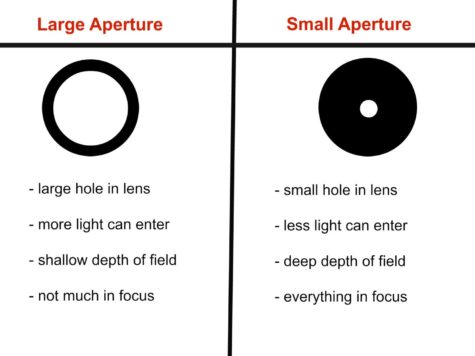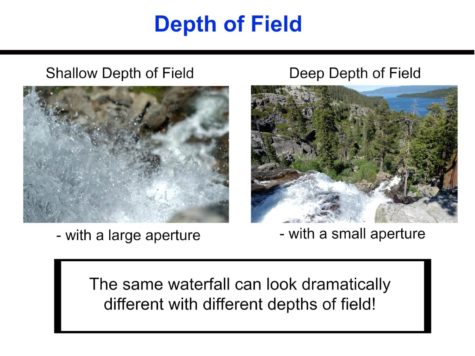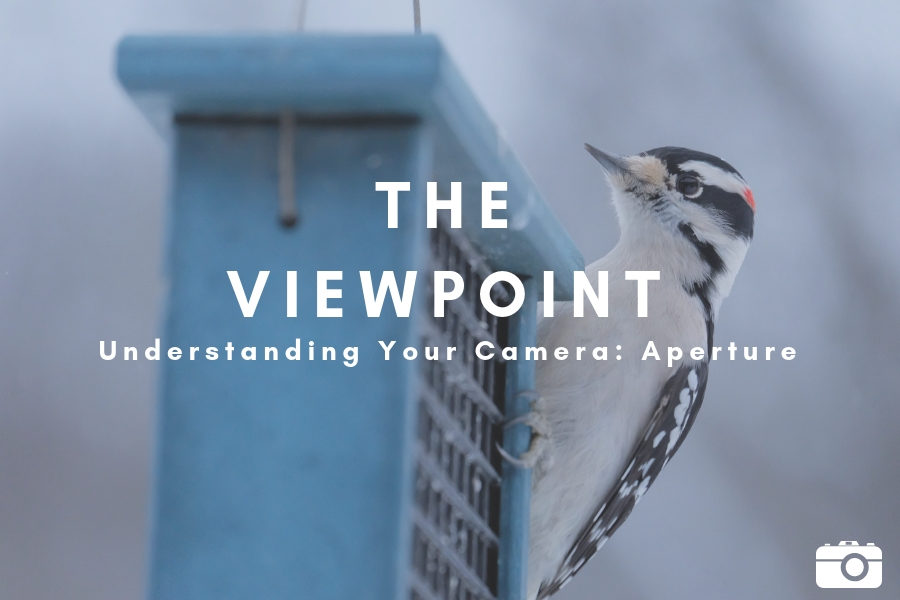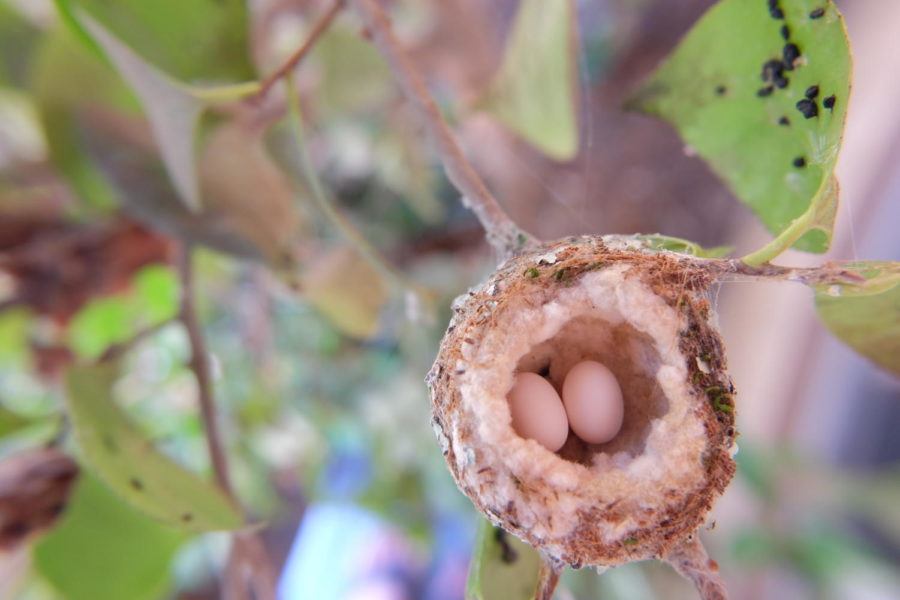Understanding Your Camera: Aperture
Aperture comes from the Latin word, aperire, meaning to open. Those of you who thought you could escape from Latin in photography, think again!
Light
So, what does aperture do?
Aperture controls the size of the opening in your camera’s lenses.

Aperture affects many things, including lighting. The larger the lenses open, the more light enters your camera. The smaller the hole, the less light can enter the camera.
Depth of Field
Aperture also controls the depth of field. In a photograph with shallow depth of field, only a very little will be in focus and the rest will be blurred. In a photograph with a deep depth of field, the majority of the photograph will be in focus.

Deep depths of field are often used for landscapes because everything will be in focus.
The depth of field can produce many amazing effects, such as bokeh, so understanding how to read your aperture will be important!
Reading My Aperture
Aperture is represented in terms of f-stops. My camera lens can go anywhere from f/2.8 (large aperture) to f/22 (small aperture).
A General Rule
The smaller the f-stop number becomes, the wider the camera lenses open. This means that using a large aperture of, as an example, f/3, would allow more light in and cause a shallow depth of field.
The larger the f-stop number gets, the smaller the hole in the camera lenses becomes. This means that using a large aperture, such as f/18, would allow less light in and cause a deep depth of field.
Some Examples
Understanding the different aspects of aperture takes time and practice. Here are a few examples to get you started!
Thanks for reading! Be sure to take a look at the first part of this series, Understanding Your Camera: Shutter Speed. The third part of this series, Understanding Your Camera: ISO, will be coming out soon! Check back soon for more great photography tips and tricks!


